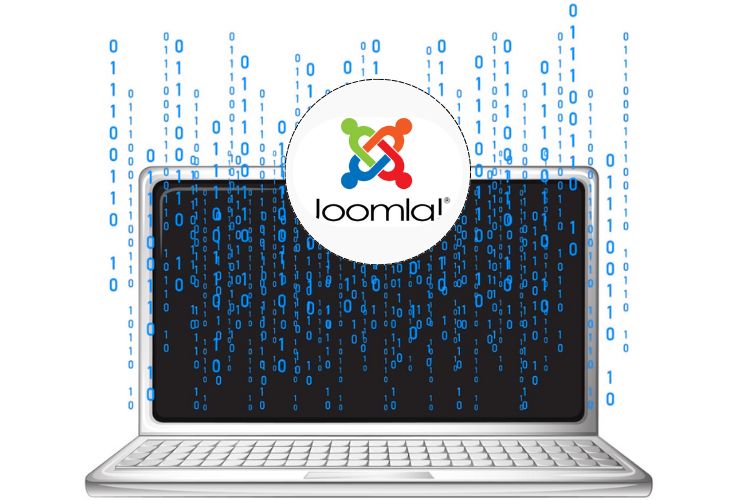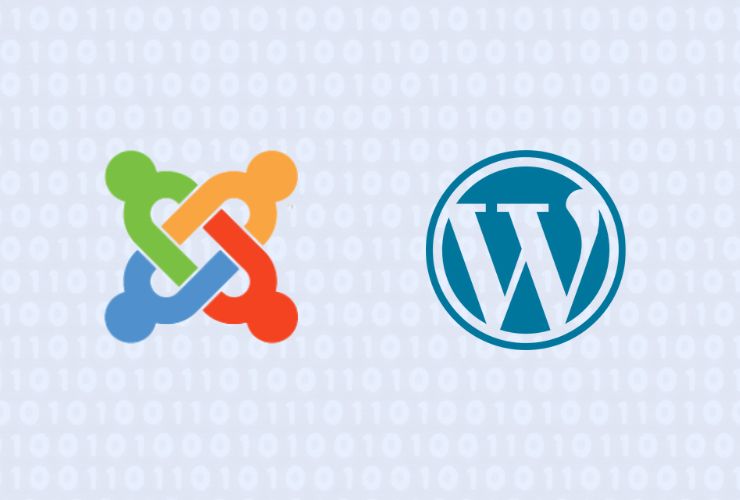As web development continues to evolve, adaptability and performance become necessary. For many years, settling onto a CMS platform like Joomla has been the standard for controlling both content and presentation. Yet, as digital experiences become available across multiple platforms—such as mobile applications, IoT devices, and SPAs—more and more developers are exploring a Headless CMS architecture. Connecting Joomla to a headless architecture means that businesses can utilize Joomla’s powerful content management experience while getting all the benefits of the modern front-end technologies.
What is a Headless CMS?
A Headless CMS is a content management system that separates the backend (content creation & storage) from the frontend (content as a presentation). Instead of rendering pages as-is, the CMS provides content through a RESTful API or a GraphQL API, allowing developers to create custom frontends using any framework of their choice, including React, Vuejs, or Angular.
In other words, the front end (the ‘head’) is detached from the backend (the ‘body’), allowing developers to choose any available technology based on liking – to display the content.
Reasons to Leverage Joomla as a Headless CMS
Joomla has generally been a monolithic CMS, meaning that it manages everything related to the backend and frontend in one application. However, there are now plugins and other tools available that allow you to run Joomla as a headless CMS.
Thank you to all of the Joomla contributors who have made this powerful content management tool available to all of us!
Here’s why Joomla is perfect when working in a headless architecture:
- Great Tool for Content Management: Joomla offers a superior content management system to create, categorize, and manage revisions to your website content.
- API Support: The Joomla API and plugins like com_api, allow you to expose your site data as JSON for exploitation by other applications.
- Security & User Management: Joomla has built-in authentication and access control, allowing you to reuse this across as many channels as you wish.
- Extensibility: You can easily plug in third-party APIs, microservices, or external data sources.
Using Joomla in a Headless Setup
Using Joomla as a headless CMS means splitting the backend (Joomla admin and database) from the frontend (JavaScript framework or mobile app).
1. Enable API support
You can either use Joomla’s core Web Services (introduced in Joomla 4) or install an extension like com_api to expose your content as RESTful endpoints.
2. Build a frontend application
With your framework of choice—React, Vue.js, Next.js—build your own custom frontend that will dynamically display and fetch content from the Joomla API.
3. Fetch and render content
From your frontend app, simply fetch the Joomla API endpoints, such as articles, categories and users via HTTP requests. The Joomla API responds with JSON so integration is quick and easy.
4. Manage authentication and permissions
Utilize Joomla’s authentication system to control secure content access across platforms and devices.
5. Deploy and optimize
Host your Joomla backend on a server or cloud service and deploy your frontend scaffold separately on a CDN or static hosting where needed for optimized speed and scalability.
The Benefits of Using Joomla in Headless Architecture
- Omnichannel Delivery: Publish the same content to websites, mobile apps, kiosks, or IoT devices.
- Better Performance: Frontends built using a modern framework will load faster and have a more fluid experience for the user.
- Scalability: Decoupled architecture lets the backend and frontend scale independently, leading to better performance or uptime of either layer.
- Better Flexibility for Developers: Developers can work simultaneously on the content and presentation layer, using different technologies.
- Future-Ready Architecture: Easily employ new and future technologies, or frameworks without redoing your CMS.
Use Cases for Joomla Headless CMS :
- Progressive Web Apps (PWAs): Very quickly build app-like experiences, using Vue or React.
- Mobile Applications: Use Joomla in the back end to serve the same content to both Android and iOS apps using Joomla’s REST API.
- Signage or IoT devices: Use Joomla to publish content to smart displays or other devices.
- Multi-Channel Publishing: Allow all the content to be published through ONE CMS, even if it is being repurposed and served by multiple digital touch-point devices or displays.
Challenges to Keep in Mind
While the headless architecture offers compelling reasons to implement it into your environment, there are some challenges, a few may include:
- More complex initial setup.
- Further expertise will typically be required in API knowledge and front-end development knowledge.
- Some Joomla extensions may not yet be fully functional in headless mode.
These challenges can be overcome by planning and evaluating the right tools and stack before adjusting the original structure of the site.
In conclusion, utilizing Joomla and Headless CMS architecture allows programmers and businesses to create faster with the full capabilities of a content management system. When you separate the front-end from the back-end, Joomla serves as a flexible content hub to drive any digital experience, whether that is a website, a mobile app or an IoT platform.
As digital ecosystems change and modification occurs so quickly, leveraging a headless approach to Joomla guarantees that your content will be future-proof, scalable, and ready for the next wave of user experiences.










